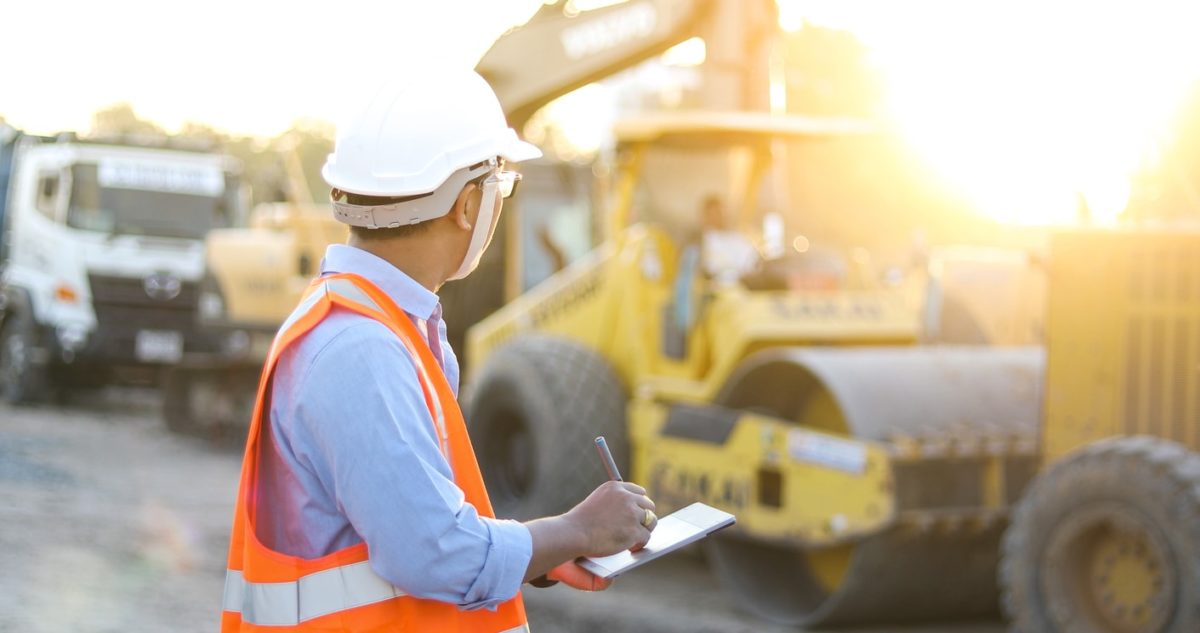
When construction equipment fails, the whole project can come to a complete stop. If the equipment is being used across multiple projects and worksites the financial strain can be devastating. Even worse, an extended equipment failure can put a construction company out of business entirely.
Equipment and machinery are essential for a business to function in the construction industry, as without them there would be no constructing. However, many businesses don’t pay close enough attention to all of the risks carried by their equipment that can eventually lead to failure or other financial losses. Not properly identifying and mitigating equipment risks can lead to:
- Equipment and machinery needing to be prematurely replaced.
- Project losses and delays due to unexpected equipment failures.
- Liability exposures and costs of on-the-job accidents due to failed equipment.
- Non-compliance with safety and environmental laws and regulations due to defective equipment.
Maintenance is an obvious must for keeping equipment and machinery running smoothly, but even the best maintenance programs can’t completely protect against equipment failure. Construction companies should both implement processes to minimize the risk of equipment failure and have procedures in place to properly handle equipment failure when it does happen. Below are some ways construction companies can mitigate and properly handle equipment failure.
Regular Inspections and Reactive Maintenance
Thoroughly inspecting a piece of equipment before every use is one of the best ways to reduce the chances of equipment failure. Each piece of machinery should have an equipment-specific inspection checklist so that the operator can properly inspect the item and document that it was done. If an inspection identifies a problem reactive maintenance should then follow. While this can sometimes lead to downtime if repairs are needed, it is much less costly for the company than the alternative – compliance risks, injury risks, and other liability risks.
Preventative Maintenance
Construction equipment undergoes a lot of wear and tear during normal usage. Just like a vehicle, preventative maintenance can help prevent a serious failure. This type of maintenance includes routine care and replacement of parts according to manufacturer recommendations. Predictive maintenance is another type of preventative strategy that includes using historical data and performance measurement to essentially predict when a piece of equipment might fail so that corrective action can be taken.
Training and Safety
Even the most rigorous maintenance standards can fail, so it’s important to have safety procedures in place. Aside from the obvious requirements of being trained and certified to use specific equipment, workers should also have a very comprehensive understanding of how each piece of equipment they handle works, the proper safety steps required for using said equipment as well as what to do in an emergency situation.
Adding in a comprehensive construction insurance program (including equipment breakdown insurance) on top of regular inspections and proper maintenance and safety programs can help construction companies substantially reduce the risk of equipment failure and protect their businesses from devastating financial losses when a failure does occur.
About Provident Protection Plus
At Provident Protection Plus, we have served the businesses and residents of New Jersey, New York and Pennsylvania for more than 65 years. We are a wholly owned subsidiary of Provident Bank, the region’s premier banking institution, and we are prepared to offer you personal, business, employee benefit, and risk management solutions. To learn more about our coverage options, contact our specialists today at (888) 990-0526.



